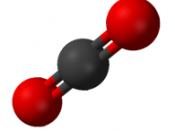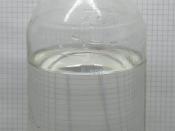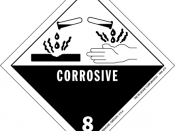Introduction
I am investigating what affects the rate at which to reactants react and make a product. The two reactants in particular are marble (CaCO3) and hydrochloric acid (2HCl); the products that they produce are carbon dioxide (CO2), water (H20) and a calcium chloride (CaCl2). The product that will be measured (to show that the reaction has taken place) will be carbon dioxide, as a gas it can easily be bubbled off and measured in burette. The test will be time related e.g. seeing how long the mixture took to fill a 50 ml burette with carbon dioxide.
Values and Variables
The definition of a variable is anything that changes or can be changed. The definition of a value is how much something is worth or what groups it can be put into. There are three types of values (which in turn can be split into 3 categories of variation depending what part in the experiment they play):
"h Continuous Values- This variable is one that can go on forever and be potentially any number.
Examples of this are size, time, volume and mass. They are affected by only by the degree of accuracy you are going to. For instance they are often (for practicality) rounded to a certain point.
"h Discrete values- These are similar to continuous but they tend to increase in steps and could in some cases seem to go on continuously but not in reality doesn't. Examples of this are shoe size or trouser waist size.
"h Categorical values- This type of variable isn't defined by a value or number, instead it is by the presence of a characteristic that they are defined. They are for example shape, hair colour, make of car etc.
The 3 categories of variable are defined by what part in the...


